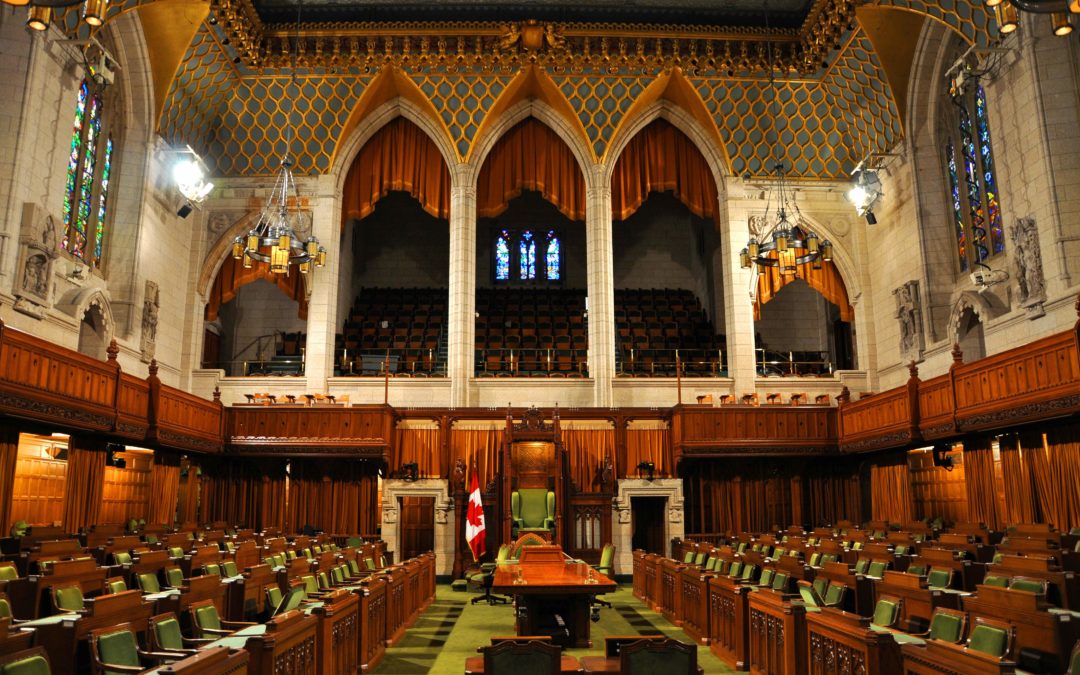February 25th was one of those rare nights in politics where all three major party leaders had something to celebrate.
Justin Trudeau’s Liberals won big in Outremont – opening up the possibility of a big sweep in Quebec this fall. This result also reflects how differently the recent SNC Lavalin/Jody Wilson-Raybould affair may be playing out in the Prime Minister’s home province.
Andrew Scheer’s Conservatives extended their lead in York-Simcoe, signalling growth opportunities in the 905 where Doug Ford recently made his big breakthrough.
And Jagmeet Singh finally won a seat in the House of Commons, dispelling all doubts that he will lead the NDP into the next election.
With last night’s three contests, 17 by-elections have taken place since the Liberals took power in 2015. What can the results tell us?
In terms of the top-line performance, the Liberals have come out ahead. They have picked up three new seats, taking two from the Conservative party and one from the NDP. However, a deeper look at the results reveal some interesting trends:

First, the Conservatives are outperforming their 2015 results: on average, the CPC is up 5.95 per cent compared to 2015. This is a big jump and is reflective of their impressive organizational capacity. However, it doesn’t tell the whole story for Scheer, because the increases in support are coming from regions of the country where there are very few new seats for the Conservatives to gain. Sky-high poll numbers in bedrock Conservative ridings may impact his popular vote total, but it does little to move the Conservatives toward government.
The Liberals are more or less maintaining their 2015 coalition. They have only lost 1.6 per cent of their 2015 vote total in these ridings. In ridings deemed winnable they were able to increase their vote total: In Outremont they gained seven per cent, in Surrey six per cent and in Lac Saint Jean 20 per cent.
The NDP has travelled a more difficult path. In 17 byelections, they have only garnered 10.4 per cent of the votes, a 5.6 per cent decline from those same ridings in 2015. The NDP’s problems preceded the election of Jagmeet Singh and appear to be caused by structural challenges – particularly in Quebec – rather than a direct reflection of his performance as leader. Having now secured a seat in the House of Commons, Singh will aim to turn the page on a difficult start as NDP leader and finally build momentum as we head towards the election.
In addition, there are a few lurking variables we need to keep an eye on:
- Maxime Bernier’s Peoples Party of Canada (PPC) picked up 10.6 per cent of the vote in Burnaby South, but only nabbed two per cent in the other two contests. It is unclear whether his candidate in Burnaby drove this result, or if it was the appeal of Bernier’s hard-right ideas – and where these are resonating most. The Conservative party can deal with the PPC being at two per cent, but anywhere above five per cent could harm their prospects in competitive seats during the general election.
- Some polls have shown signs of life for the Bloc Québécois. Their new leader, Yves-François Blanchet has put a new focus on climate change – a popular issue among Quebec voters. If Liberal support starts to erode in Quebec, expect the BQ to be the main beneficiary.
- The Green Party is making slow and steady progress across Canada at the municipal, provincial and federal levels. While the Liberals and NDP continue to make difficult governing choices on the energy and climate change portfolios, hardcore environmental voters may seek shelter with the ideologically pure Greens. This could lead to a greater fracturing of the progressive vote.

